What are Geoparks?

UNESCO Global Geoparks are single, unified geographical areas where sites and landscapes of international geological significance are managed with a holistic concept of protection, education and sustainable development. A UNESCO Global Geopark uses its geological heritage, in connection with all other aspects of the area’s natural and cultural heritage, to enhance awareness and understanding of key issues facing society, such as using our earth’s resources sustainably, mitigating the effects of climate change and reducing natural hazard-related risks.

By raising awareness of the importance of the area’s geological heritage in history and society today, UNESCO Global Geoparks give local people a sense of pride in their region and strengthen their identification with the area. The creation of innovative local enterprises, new jobs and high quality training courses is stimulated as new sources of revenue are generated through geotourism, while the geological resources of the area are protected.
UNESCO Global Geoparks empower local communities and give them the opportunity to develop cohesive partnerships with the common goal of promoting the area’s significant geological processes, features, periods of time, historical themes linked to geology, or outstanding geological beauty. UNESCO Global Geoparks are established through a bottom-up process involving all relevant local and regional stakeholders and authorities in the area

The Global Geoparks have until recently been concentrated in Europe and in China, but the last few years have seen the geoparks initiative spread worldwide so that there are existing UNESCO Global Geoparks, or active applications to become UNESCO Global Geoparks, on all continents. The UNESCO Global Geopark information sheets provide detailed information on the UNESCO Global Geoparks in the different countries around the world.
The Geoparks are about ‘more than rocks’ and the UNESCO Global Geoparks celebrate the links between people and the Earth.
In 2022, there were 177 UNESCO Global Geoparks in 46 countries around the world. United Nations Educational, Scientific and Cultural Organization (UNESCO) seeks to build peace through international cooperation in Education, the Sciences and Culture.
—— Jersey Geoparks ——
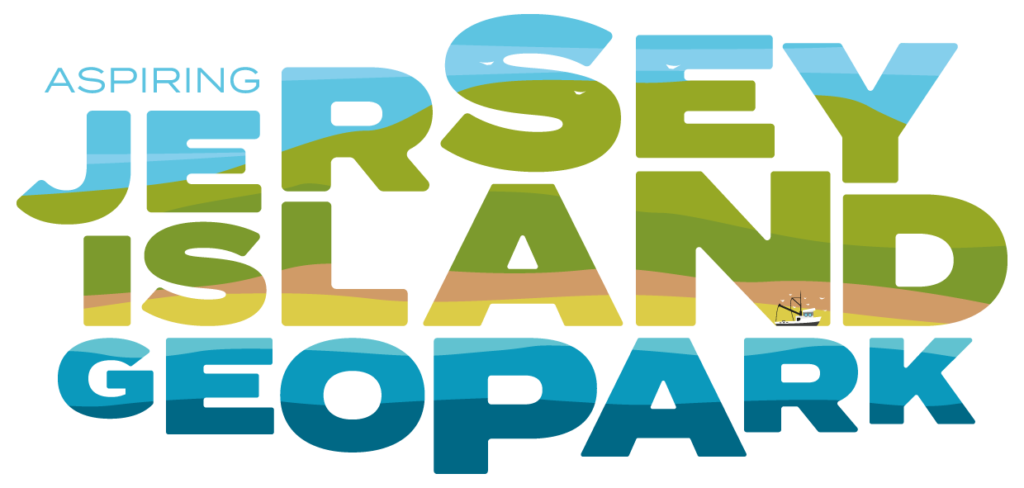
Jersey in particular is an incredibly strong contender for having exceptional Geoparks, with it’s important cultural heritage and amazing geology.
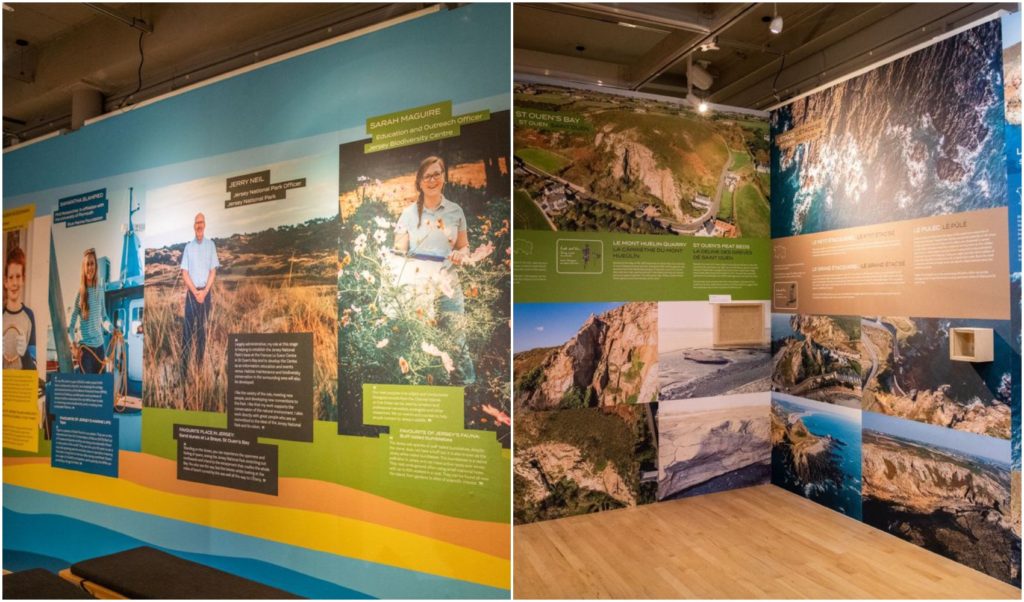
—— Jersey Geopark Map ——
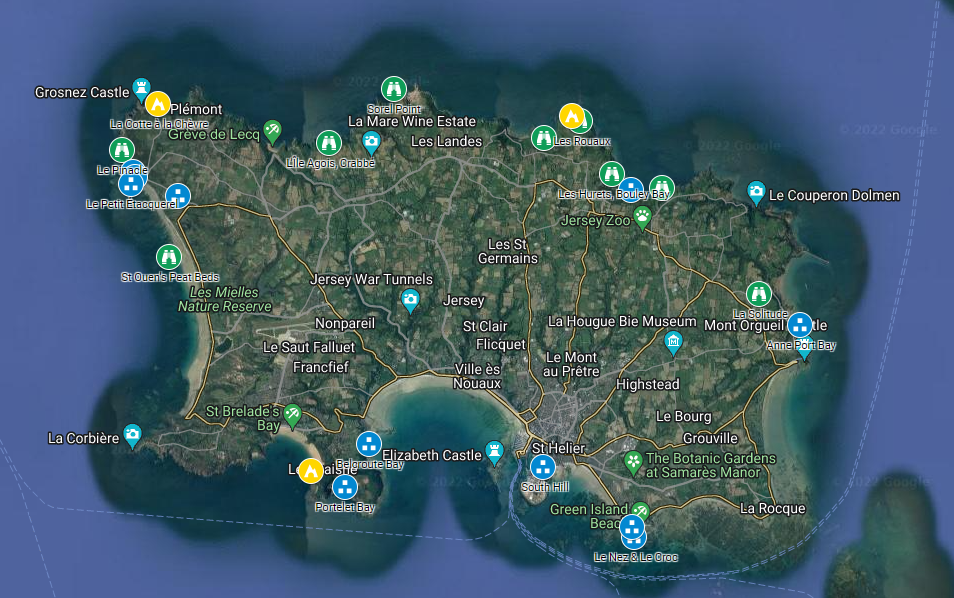
On the Jersey Heritage website, there is a map which pinpoints all of Jersey’s Geosites around the whole island. Showing off every Geological sight of interest that highlights Jersey’s truly beautiful rocks. These rocks are what makes Jersey an incredibly fascinating island.
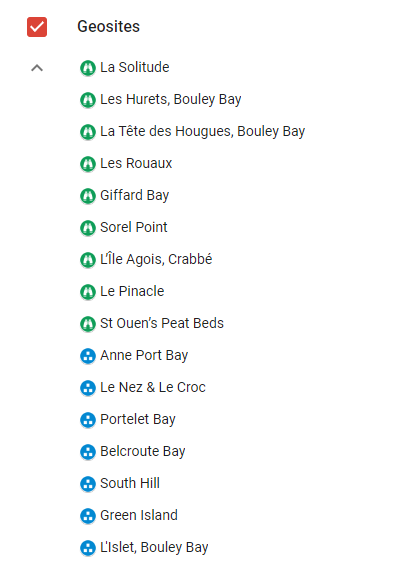
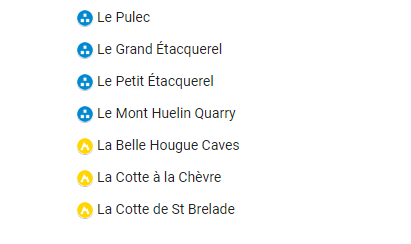

Geological Sites of Interest

There was then a Jersey Geological Trail guide, produced by Dr. Ralph Nichols and Dr. Hill. It is a beginner’s guide to some lovely beach and cliff sections which reveal Jersey’s geological history. The beauty of Jersey lies in its cliffs, bays and inland valleys. This beauty is the result of the island’s geology, the colour and the different hardness and structure of the rocks, and their response to the changes of climate over the years.

Nichols geology lectures and practicals fascinated him and he felt that he was exceptionally lucky to be taught and inspired by the best Demonstrators, such as Ron Walters, ‘Sarge’ Jenkins and Tony Harris, who later all gained acclaimed doctorates and obtained top professional posts.
Dr. Hill helped Nichols mainly with the illustrations of the guide, highlighting a remarkable variety of rock types and structures exposed in such a small island.

Nichols joined the Geology and Archaeology Sections of La Société Jersiaise, later helping to establish the Jèrriais Section, and also GCSE and A Level Geology and Archaeology courses for night classes at Highlands College of Further Education. This enabled him to learn so much about Jersey which has a greater variety of things natural and historical than he has ever found in such a small area.
